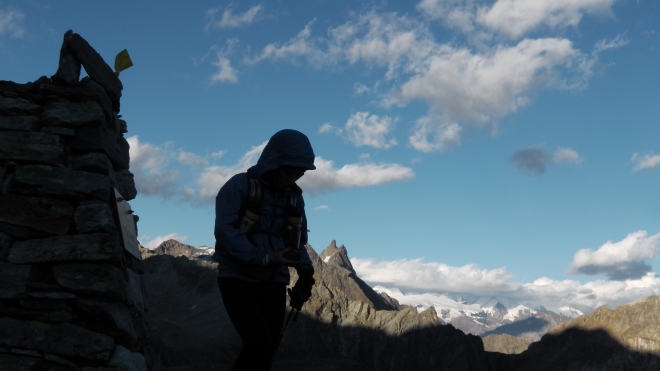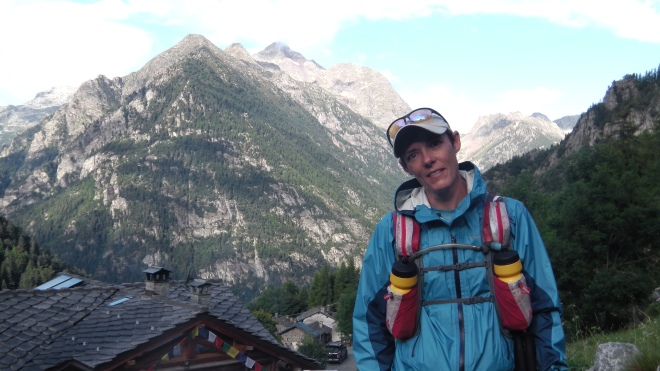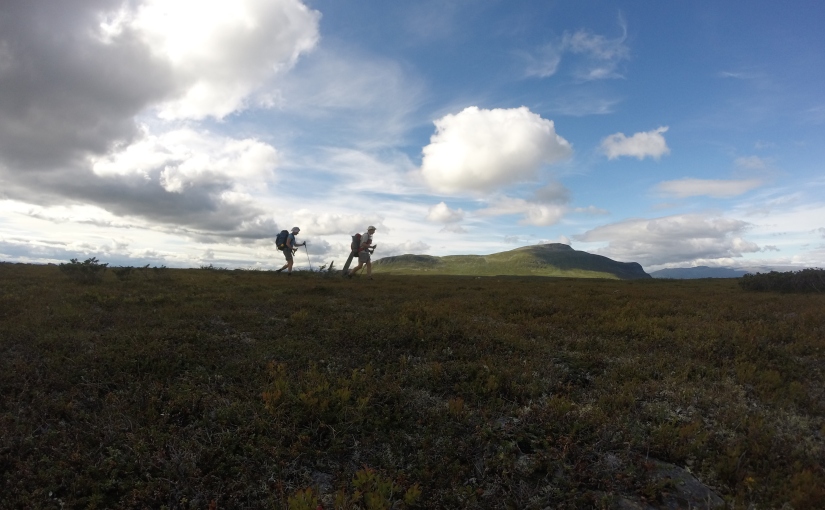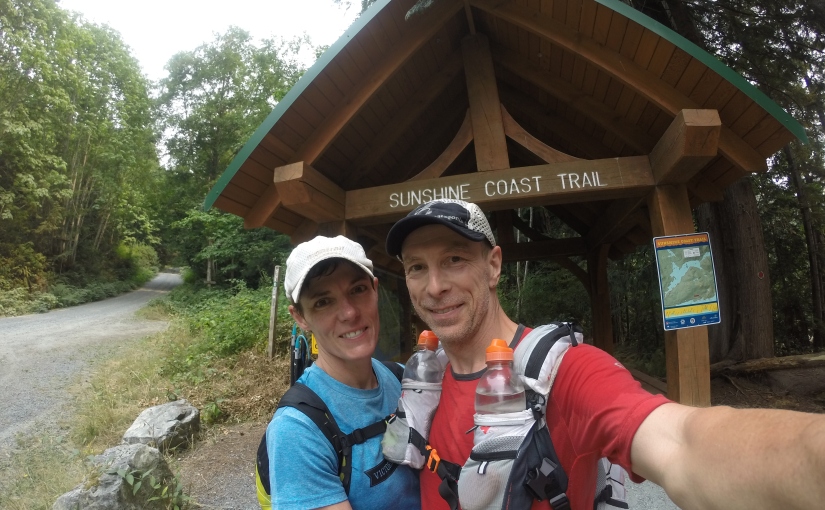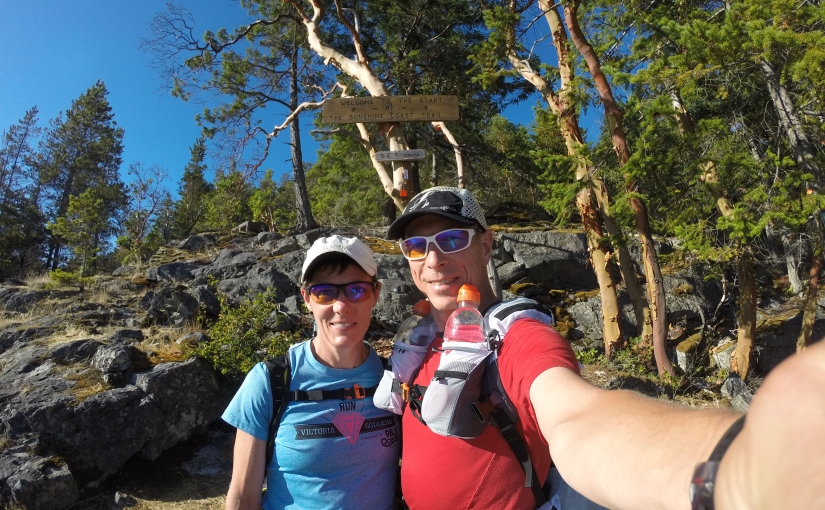This Guest Post was written by my FM (Fabulous Man), Bruce Grant, on the eve of his 900 km Transpyrenea Race. Enjoy his account of all the thinking, training and planning that has gone into getting to the start line.
If you’re interested in following the race tracking, here’s the link (active Aug 1 to 18, 2023). Bruce is #43.
Note: there are multiple distance races happening concurrently. Some of these fasties are ‘only’ running 190km. If you click on a racer number, his/her race distance shows.
____________________________________________________________________
Out of suffering have emerged the strongest souls; the most massive characters are seared with scars.
– Khalil Gibran
Know how sublime a thing it is to suffer and be strong.
– Henry Wordsworth Longfellow
I wanted to share a preview regarding the Transpyrenea race I will be starting on Aug 1. This is a ~900km run across the entire Pyrenees in France, starting close to the Mediterranean from an old fort at Le Perthus, and finishing on the Atlantic coast at the town of Hendaye. The route mainly follows the established GR10 trail.
The main race website is at https://www.transpyrenea.fr/ if you’d like to see more race details.
We will be carrying GPS trackers, so you can follow me along the way at https://en.follow.me.cz/tracking-en/Transpyrenea/# – I’m #43. The numbered red circles on the map are the 24 checkpoints where we can get food, water and a place to sleep. The BV1, BV2, BV3 circles are “life bases” where we can access our personal drop bag to replenish our carried food, get new clothes, and maybe take a shower.
If this sounds familiar at all, I completed the run in 2016 – and it was the hardest thing I have ever experienced, requiring a depth of endurance that I found came perilously close to the bottom of my internal well. It was not fun, and the effort to get to the finish was massive. However, I persevered through the discomfort, pain, weakness and hunger to reach the Hendaye boardwalk after 16 1/2 days.
The premise of the race is “semi-self-sufficiency”, which means we have to carry up to 5 days worth of food, a sleeping bag and mat, rain poncho, water filter, an emergency shelter, and a collection of clothing and bits and pieces that will see us through. The trail is not marked by the race organisation. We have to rely on a GPS track and the normal GR10 trail markings – red and white blazes on rocks, trees, or signs – but these are variable in quality and distance apart; other trails also confusingly use the same red and white blazes.
We go through checkpoints about every 30-80km. These are often in a town hall/school/mountain hut where we can get a bit of food, water, and a tent to sleep in.

I’m anticipating finishing in 16-17 days again, but we’ll see how it goes. Martha will meet me at the end in Hendaye after her own adventure over in Italy, hiking the second half of the Tor des Geants race route.
My friend Kelsy asked me recently to help her understand what motivated me to go back, considering how extremely difficult I found it in 2016. It is a great question, and one I grapple with myself.
Rarely a day has passed since that August when I have not thought about the race, the course, the people, how I felt, or what I saw. I guess it’s PTSD that was behind this, constantly reviewing a stressful and emotional experience, and envisioning what went wrong or how it could have been better. My primary conclusion from all the mulling is that while I am happy and proud of finishing the race then, I was not at all satisfied with HOW I got to the end:
– I started out too fast (bad idea!);
– I was worried about who was in front of me, or coming up behind (placing doesn’t matter);
– I didn’t train enough (but that’s always true)
– and the number one reason I had such a tough time: I did not eat enough (I lost 6kg: no food = no energy = moving slow = crappy attitude)
It gets a bit more complicated than that, of course, but suffice to say that I am going back with the intention of managing my run better this time, in order to feel better along the way and ultimately feel better about how it all plays out.
One crucial point going into the race this time: I am seven years older than in 2016. It has been a mental and physical challenge dealing with age recently, the changes have been quite dramatic and a wee bit shocking. The days of easy, back-to-back long runs and decent race results are very over, but I recognise this and accept that I can only do what I can do right now. And I’m OK with that.
I am also going into this with only about 11 months of run training, effectively starting from zero after 2 years of an enforced break with no running due to a hip injury.
I had a case of Transient Osteoporosis in my left femur neck and head, which is a rare condition that appears spontaneously. The bone is demineralised and susceptible to fracture, and the orthopedic surgeon I saw was very adamant about the risk. So no running. (or, in the words of my radiologist friend at the hospital where I work, “basically you pounded the shit out of your hip so take up swimming”). I did a fair bit of bike riding to keep my fitness up, but the running specificity was lost, so it was a slow build back to even feel comfortable running 10k. Also see note above re: age!
However, perseverance and a bit of a training plan seemed to work to get me along to the point where I feel confident going into this again. The osteoporosis disappeared after about 15 months, which apparently is typical.
Logistics:
– I’m planning to carry over 65000 calories of food with me this time [not all at once :-)] My food will be split into four portions, according to the distance between Life Bases. I anticipate my travel time to be 3 days / 5 days / 5 days / 4 days between those 4 stations. At a Life Base, I will pick up a bag of approx 16000 calories of food to last through the next section.
– main meals are dehydrated backpacker food, which are generally pretty tasty. I’m planning an enhanced oatmeal breakfast each day, containing hemp, flax and chia seeds, and powdered whole milk or coconut milk. These oatmeal dishes provide ~850 calories alone, so make for a great daily start. I’ll also have nut-raisin-candy trail mix with dates, and some energy bars. This gets me to about 4000 cal/day.
– the race will provide some kind of food as well, probably pasta dishes, cheese, sausage, and ??? I may adjust what I carry depending on what options the race organisation provides.
– we can also buy whatever we like along the way from stores or restaurants. Last time, I ate six of the most amazing fresh croissants in my life one morning (at once), and also bought fresh goat cheese from a family farm up on some mountain. That said, I found that food was awkward to get along the way due to weird French closing hours, proximity to the trail, or time of day when I came by.

– my chosen shoes are the Norda 1. This is a fairly new Canadian company, and this model is designed to be very cushioned and durable, so I hope they will work well. Last time, I had to run about 250km in shoes that had ripped holes bigger than a golf ball in the tops of them. They also lost their tread on the rocky trail, so we’ll see how these new ones fair. I was also looking for a cushioned shoe this time since the pounding caused the soles of my feet to go numb for over a month following the 2016 race. I have a pair of Saucony Xodus Ultra 2’s as a backup.

– A full pack with food comes in just under 9kg, but add on another 2kg for 2 litres of water. I’m using an UltraSpire Epic 2 – 30L pack.
My mandatory Sea2Summit silnylon poncho can be set up as a tarp-tent with my hiking poles when I need to wild camp; BeFree water filter; Garmin eTrex 32x GPS; Black Diamond Storm 500R headlamp w/Petzl Iko Core as a backup; Sea2Summit Spark 1 sleeping bag; full length Thermarest Neo-Air pad; Big Agnes AXL pillow; Patagonia Nano-Puff pullover; cheap hotel slippers to wear at checkpoints; some additional clothing for nights/cool weather.
– navigation will primarily be with my phone using the OsmAnd program but also Gaia and LocusMap as backup apps. I’ll have the Garmin eTrex as well for accuracy when needed, and a Garmin Fenix 7 watch as well.

Have a great August! I’m going to be busy 🙂
Bruce
_______________________________________________________
Humble, as always.
I will be glued to the tracker feed for the next 2+ weeks. I hope you join me.
-Martha





